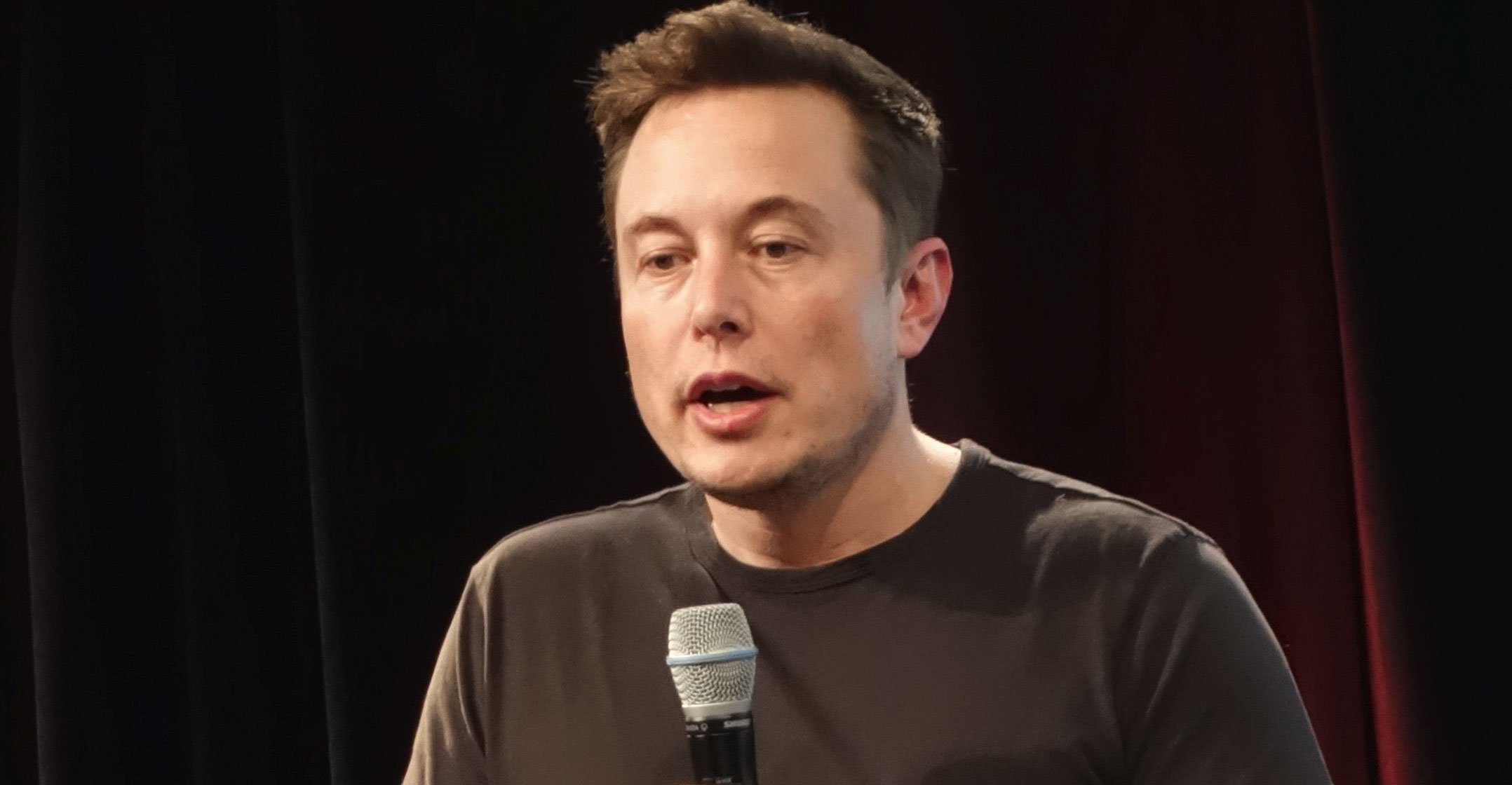
The forecast for the next mission by Elon Musk’s rocket company SpaceX is cloudy — and not just because of the weather.
The company is slated for its 13th Falcon 9 launch of the year on Thursday, from Nasa’s Kennedy Space Center in Florida. The mission is shrouded in at least two mysteries: the purpose of the payload it’s carrying for the US military, and its chances of going off without a hitch amid a weather system ahead of Hurricane Irma.
A day after pummelling Puerto Rico and the Caribbean, Irma is forecast to be about 1 400km southeast of the launch site during Thursday’s take-off, according to the nearby Patrick Air Force Base. The base said on its website Wednesday that thick clouds expected from a separate storm are a concern and estimated a 40-60% chance of launch on Thursday. There’s also a Friday back-up window.
If SpaceX is able to overcome weather issues, the company will for the first time carry a US Air Force space drone that’s conducted highly classified missions in orbit for more than a year at a time. This will be the fifth mission for the X-37B Orbital Test Vehicle, an autonomous spacecraft about 20% of the size of the retired Space Shuttle.
For years, the Air Force has refused to say what the 5 000kg vehicle built by Boeing does. The most recent X-37B mission ended in May after more than 700 days circling the Earth.
SpaceX’s launch on Thursday is scheduled to take place between between 9.50am and 2.55pm local time, SpaceX said in a press kit. It’ll then attempt to land the first stage of the rocket on land for reuse.
The SpaceX Falcon 9 rocket won US Air Force certification for national security space missions in May 2015, breaking a lock long held by United Launch Alliance, a joint venture between Boeing and Lockheed Martin. Each of the first four missions for the X-37B involved the Atlas 5, a United Launch Alliance rocket.
‘Comfort level’
An X-37B is only launched once every few years, so the programme itself won’t have a major financial impact on SpaceX, said Brian Weeden, the director of programme planning for the Secure World Foundation, a space policy think tank.
“However, it could help increase the Air Force’s comfort level with launching national security payloads on SpaceX in general, which could be a significant source of revenue in the future,” Weeden wrote in an e-mail.
Contracts for military launches include satellites that let troops communicate on battlefields and are estimated to be valued at about $70bn through to 2030. In May, SpaceX launched a rocket carrying NROL-76, a classified payload for the National Reconnaissance Office.
SpaceX plans to fly 20 to 24 missions in 2017 for customers that include Nasa and commercial satellite operators. The Hawthorne, California-based company has contracts with Nasa valued at US$4.2bn to resupply the International Space Station using an unmanned Dragon spacecraft and to ultimately ferry astronauts there with a version of Dragon that is capable of carrying crews.
Musk, SpaceX’s CEO, saw his net worth rise by about $4bn after SpaceX’s latest fundraising round valued the company at around $21bn. The 46-year-old also runs electric car maker Tesla. — Reported by Dana Hull, with assistance from Justin Bachman, (c) 2017 Bloomberg LP




